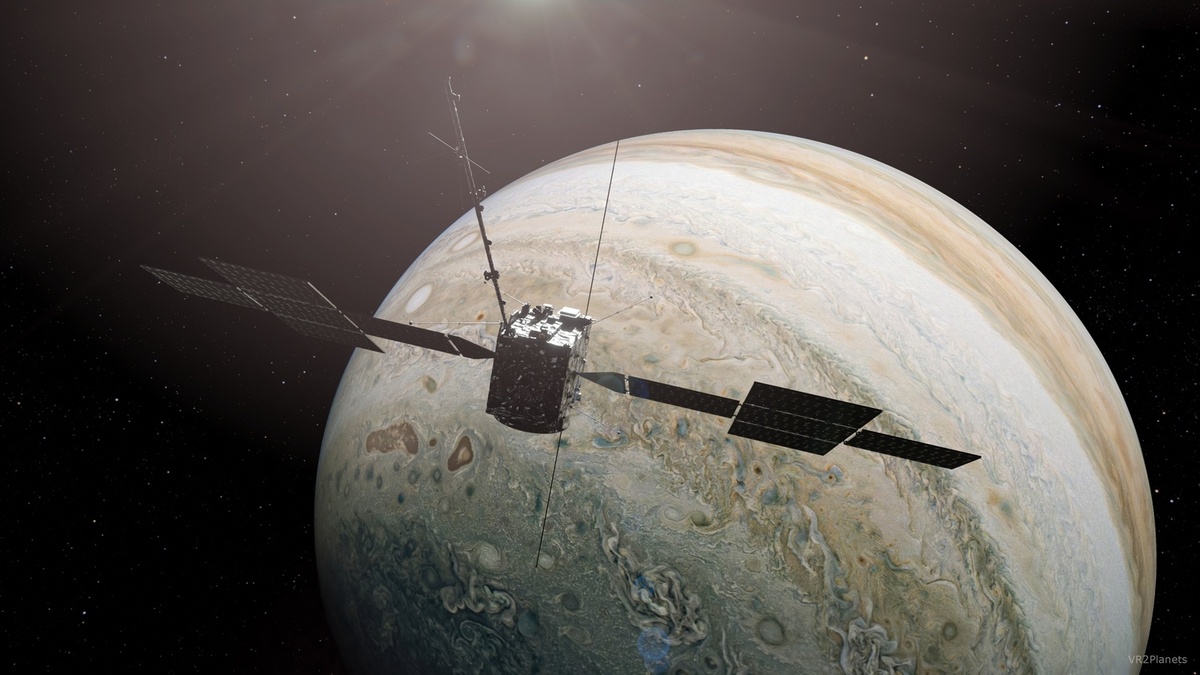
Digital sciences at the heart of space issues
Spatial data has undergone considerable growth over the last decade, both in terms of diversity and the development of its use. Every piece of data collected is a valuable addition to in situ and aerial observations and models, providing answers to theoretical and societal questions and opening up new markets.
Today, this data requires the space sector to be able to understand and master a number of subjects, starting with data storage technologies, intensive computing, data processing and artificial intelligence, not forgetting blockchain and quantum computing. These are all areas in which Inria has a great deal to offer thanks to its research work.
This observation has prompted Inria and CNES (Centre national d'études spatiales) to sign a partnership aimed at developing new digital approaches (computer science, applied mathematics, AI), particularly around the design and construction of the satellites of the future.
Verbatim
The idea is that by joining forces, we will be able to develop exciting joint projects around the new satellites, and carry them out together. This includes all areas of on-board computing, as well as telecommunications and artificial intelligence, because the new satellites will rely heavily on these for the data processing they need to perform.
Deputy Director General for Science at Inria, in charge of the "Algorithms, programming, software and architectures" research area and head of partnerships for Inria.
In particular, CNES and Inria have identified two strategic priorities:
- Semantic digital twin and data enhancement
- Embedded processing and AI - frugality
Turning the digital twin into a data integration laboratory
Digital twins of the Earth and its territories enable us to describe their current state, predict their evolution and explore scenarios. For ecological planning, development, mobility and the prevention of environmental and natural risks, they are essential ingredients in the development of economic activity and support for public policies. These twins, based in particular on data assimilation models, are booming and can benefit greatly from Earth observation space data. They are at the heart of tomorrow's scientific and industrial applications.
They call on numerous data models and integrate highly heterogeneous data sources (different formats, different representations, different scales, different subjects, etc.). The integration of this data is therefore complicated not only by the nature of the data, but also by the variety of methods available, their possible combinations, scaling up and the costs involved.
The challenge of this area of work, led on the Inria side by Florent Masseglia, Deputy Director General for Science at Inria, is to represent, produce and maintain key (meta)data and knowledge for integration into the digital twin in the form of an open digital commons. The aim is to turn the digital twin into a data integration laboratory, enabling simple and efficient navigation in 2D, 3D or more representations.
In particular, the project will propose and evaluate standard representation models and methods for datasets, their metadata and their interconnection links. It will also involve creating interactive visualisations of geospatial and related data for specific applications. This will enable users to select the data to be displayed in a flexible way, navigate through these data and territories at different scales or time periods, and offer collaboration tools for users, whether in the same place or remotely.
Over the coming months, this will involve studying the representation of data and metadata in the form of knowledge graphs and the use and extension of standards (RDF, SPARQL, SHACL, RDFS, OWL). This partnership will also make it possible to study the contributions of symbolic AI (representation, access, reasoning, validation) and non-symbolic AI (augmentation, extraction, interaction) for management, operation and maintenance tasks.
In the shorter term, as far as interaction and visualisation are concerned, a set of main use cases targeted by the collaboration will be determined, while the preparation of data to make it visualisable and interactive is planned as a second phase, so that dedicated techniques can then be developed.
Towards frugal deep learning
With the arrival of new computing capacities on board satellites and improvements in data processing, we can envisage transferring some of the processing previously carried out in the ground segment of space missions directly to the sensors on board satellites.
This on-board processing opens up new possibilities for reducing the throughput of the on-board-ground link, but also raises new challenges: increasing spatial coverage by restricting it to objects of interest, intelligent programming by pre-detecting the zone to be observed on-board, etc. To achieve this, it is essential to develop algorithms that can be run on on-board computers.
Inria and CNES will be working together to define on-board artificial intelligence algorithms, known as "on-board AI", while incorporating the issue of frugality. "The AI tool currently favoured by CNES for its detection qualities is deep learning, but requiring several hundred to several thousand parameters. The challenge is therefore to move towards so-called frugal deep learning, i.e. aiming to reduce the number of parameters without losing too much in terms of performance", explains Christophe Biernacki, former head of the MODAL research team at the Inria Centre at the University of Lille, Deputy Director General for Science at Inria and scientific head of the "Onboard processing and AI - frugality" axis of the Inria/CNES partnership.
The first stage of this partnership will involve exploring the most promising avenues for research into frugal AI, taking into account the specific characteristics of CNES (specific space hardware, priority practical objectives). "Inria provides first-rate scientific expertise on the theoretical foundations dedicated to the frugality of AI algorithms. Rémi Gribonval's AI Chair (OCKHAM team) proposes a theoretical compromise between efficiency, resources and reliability. For large-scale, reliable and efficient AI, Alessandro Rudi's ERC (SIERRA team) is also proposing a solid theoretical and algorithmic framework," concludes Christophe Biernacki.